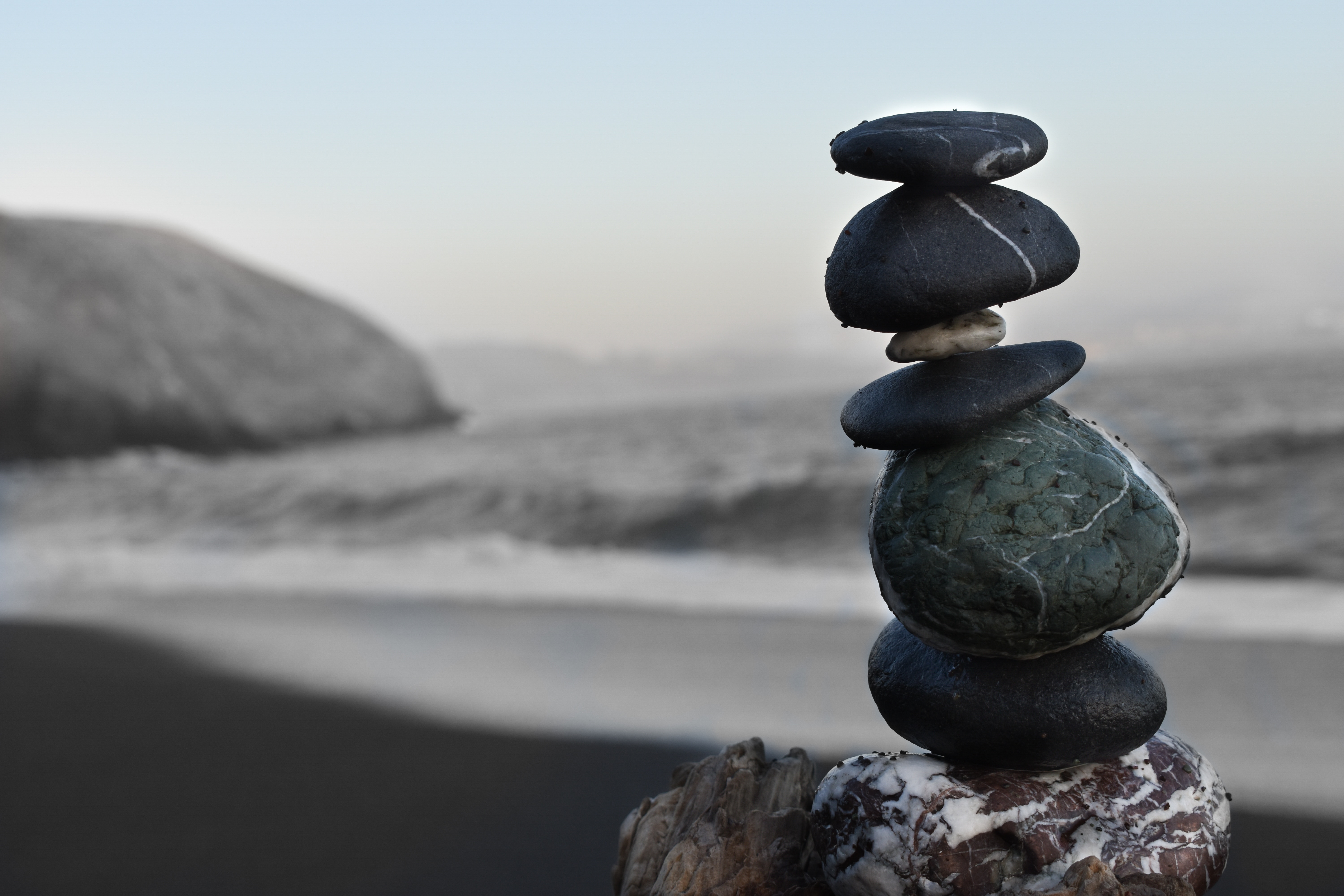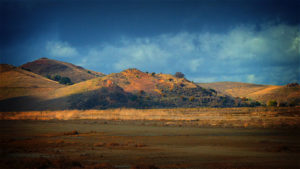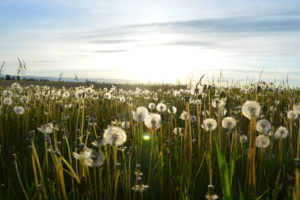
It’s Saturday afternoon at Lands End in San Francisco. We are tired from all the weeding, but we feel alive and satisfied. A red-tailed hawk hovers above us, as if to signal that it’s time to end the program. We gather in a circle and each volunteer shares what comes to mind from the day’s experience. “Calming,” says one. “Meditative,” says another. “Inspiring!” I listen carefully and am filled with gratitude. I run land stewardship programs here every week, and this community of volunteers has been my family for the past six years. It is my sacred space.
I grew up in Pune, a large metropolis in the western part of India. My family comes from a close-knit Muslim community, and I remember my early childhood years with fondness. I studied in a convent school and lived among families who subscribed to various belief systems. Outside of school, my twin brother and I would go from door to door gathering all our friends and spending hours among the buildings, making up games. In school, sports became my focus. I’d wake up before dawn, and while my mother said her prayers and my father sipped his tea, I’d quickly finish my homework and rush to the basketball court for practice. I’d look forward to the weekends, when my parents would take us for picnics in the nearby hills.
As I entered my teenage years, I became increasingly aware of the expectations of my community, and my carefree attitude dissipated. My passion for sports meant that I was labeled a tomboy. After school, as was normal for all the kids in our community, I attended the madarsa, where we recited the Quran and learned daily prayers and customs. Now that I was entering adulthood, I was expected to attend the mosque more often, wearing a rida, traditional attire similar to a burka. My community was pushing me into a very specific way of life. Even outside my community, I became increasingly aware of my vulnerability as a woman, as unfamiliar boys began to harass and follow me and catcalling became commonplace. It was with eagerness that I grabbed an opportunity to trek in the Himalayas at age 15.
For the first time in my life, I found myself deep in nature, away from the bustle of the city and away from the expectations of society. The giant metamorphic rocks, thick rhododendron forests, and smooth smelling pines opened my senses, and the glacial melt that created a network of braided rivers arrested my heart. These new mountain friends felt real, and I instantly felt a sense of belonging and comfort.
Upon my return, I managed to find a job as a youth leader for an outdoor education company. Although I didn’t have any female role models—or any idea that a career in this field was possible—the trips I led gave me much-needed respite from the increasing pressure to conform and allowed me the freedom to develop my love for nature. I was fascinated by life in the high mountains, by the idea that humans could thrive in harsh conditions in symbiosis with the land. I began to think about how living in tune with the rhythms of the natural world actually influenced human behavior and shaped communities differently. Despite lack of an established path to follow, and despite the proposals for arranged marriage that had started to come my way, I eventually left Pune to work in a remote valley in the Indian Himalayas.
“So, are you an invasive species then, just like this thistle?” said a middle-aged Caucasian man, as I introduced him to our habitat restoration work in the Golden Gate National Recreation Area. Another time, “You techies outside getting your dose of wilderness, I see,” said a man surprised to see me running Mount Tamalpais trails on a rainy day. I had recently moved to the Bay Area, but quickly realized that even here, in the “land of the free,” some people did not see an Indian woman as a possible leader in the outdoors. Instead of getting defensive, I engaged them in conversation—sharing plant names, news about wildlife monitoring projects, and all the cool things they could see in nature. It wasn’t about proving that I wasn’t an “invasive” or a “techie” but demonstrating that people from all backgrounds can come together and share a connection with the natural world.
Having experienced exclusion firsthand—in both India and the U.S.—I work to create a space that does not close the door on anybody, such that whoever shows up for my stewardship programs feels a sense of belonging and appreciation. Through mindfulness and nature meditations and by showing my own vulnerability as a leader, I welcome feelings of fear and discomfort when we reflect on our day’s efforts. I have seen how spending hours outside, working closely with the land, promotes healing. The challenges of the community I grew up in taught me a lot, and I have come full circle now, drawing inspiration from both the positives and the negatives, to build my own community in nature—one that is full of compassion, kindness, and acceptance. The stewardship programs go beyond planting and weeding to celebrate festivals, birthdays, graduations, and anything else that matters to our community of volunteers. By listening deeply, I try to understand the needs of this community and encourage them to connect with nature in their own way. I want for them what the natural world has given me: the chance to build a home and create the community I’ve been seeking.




